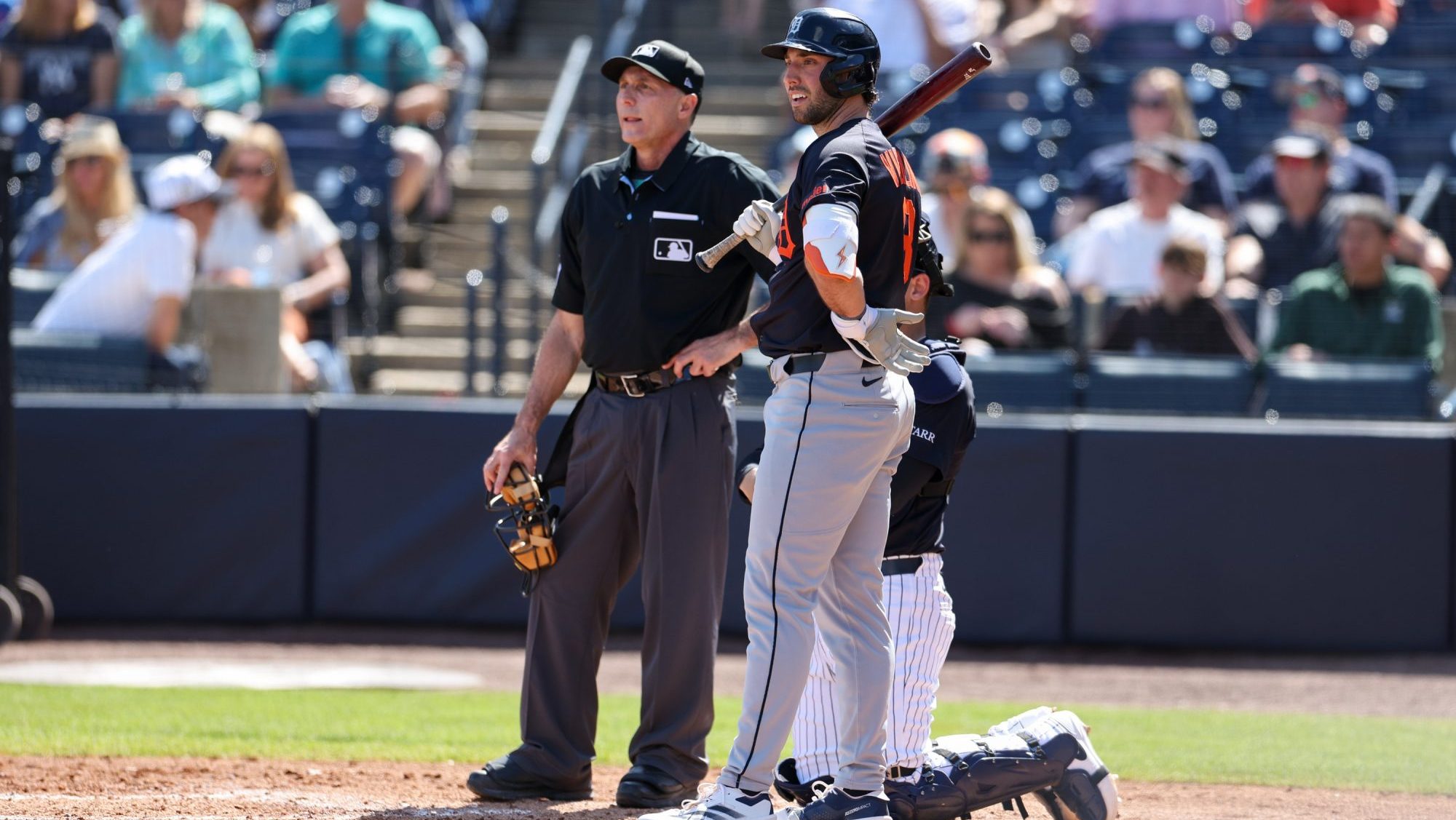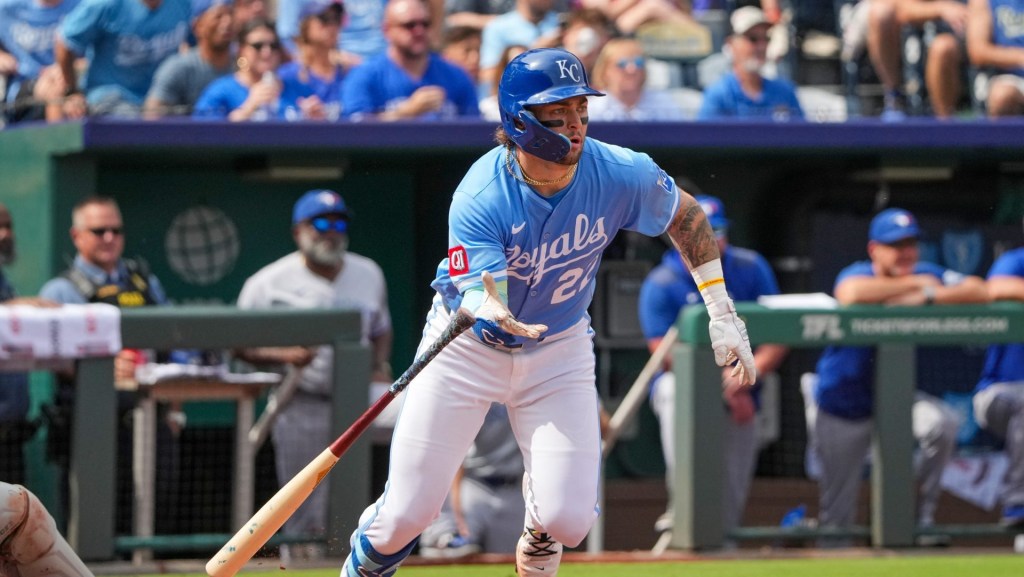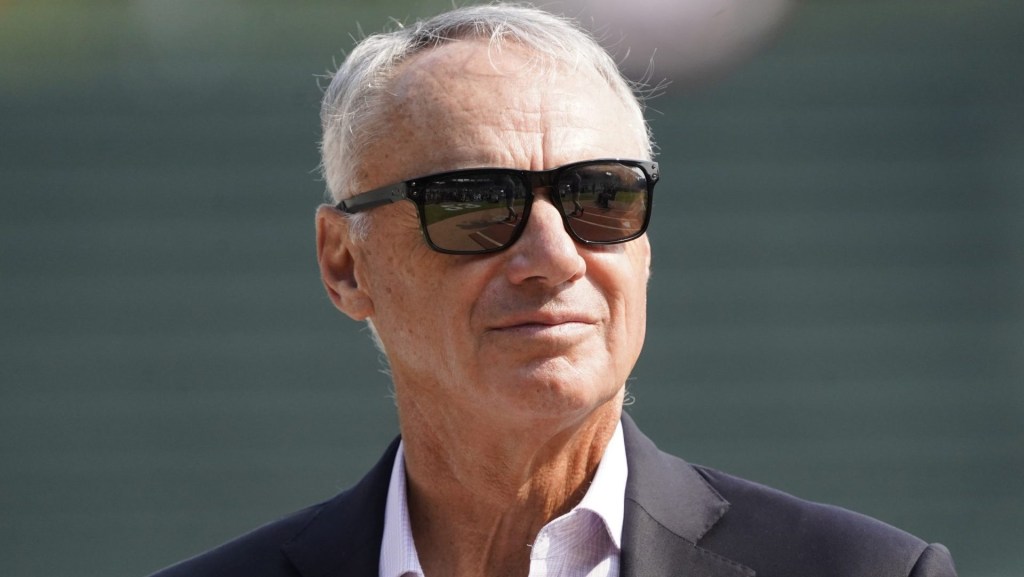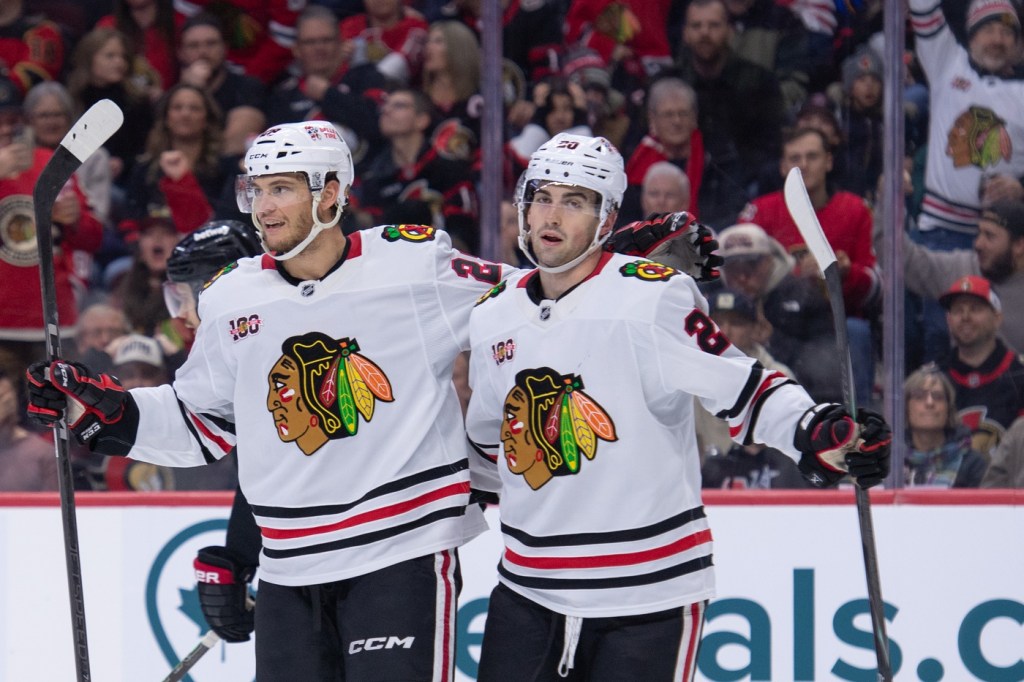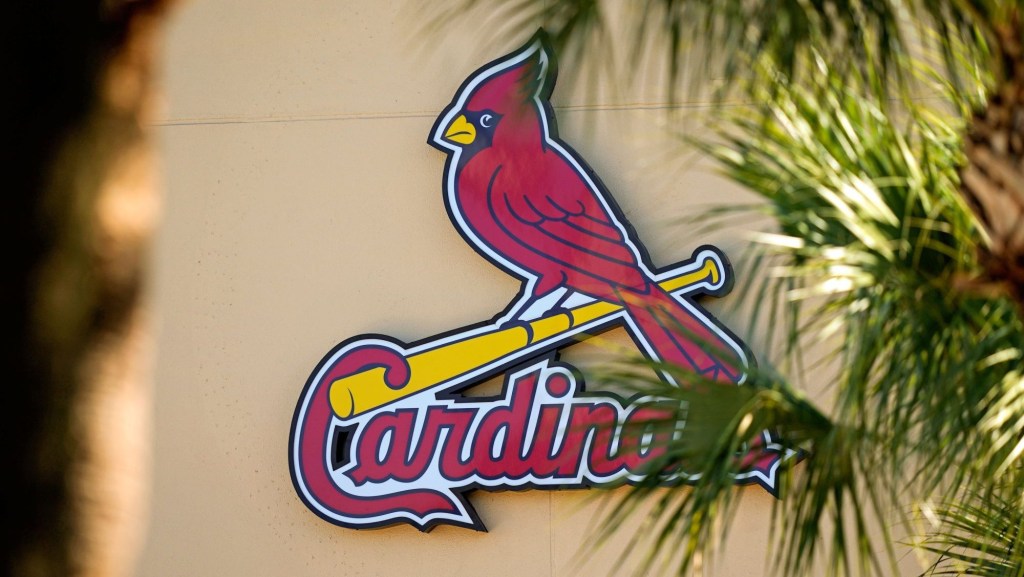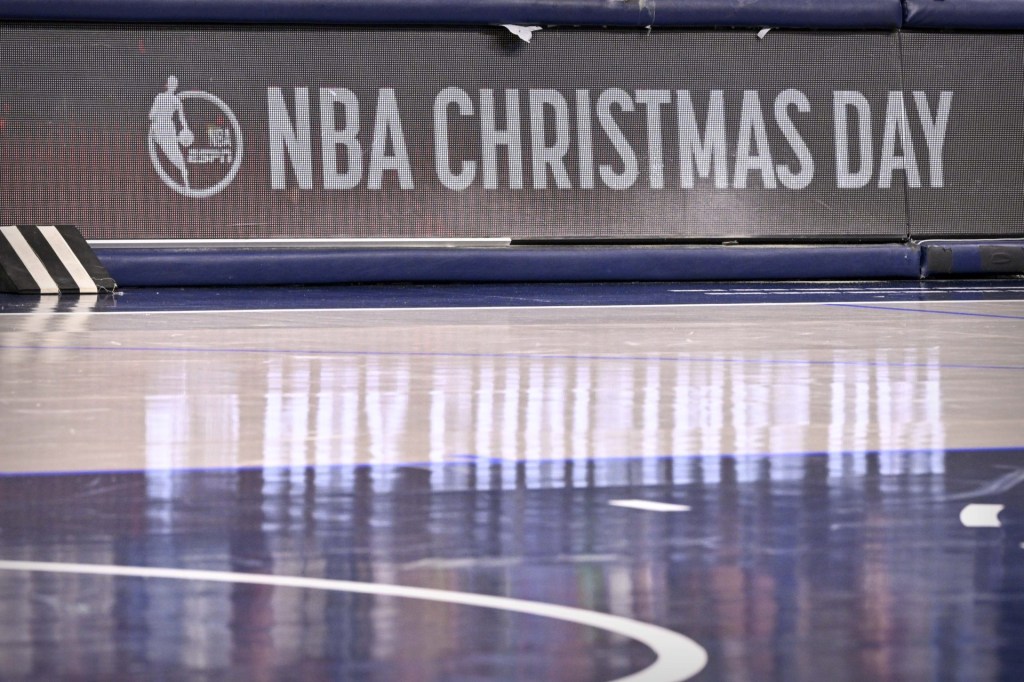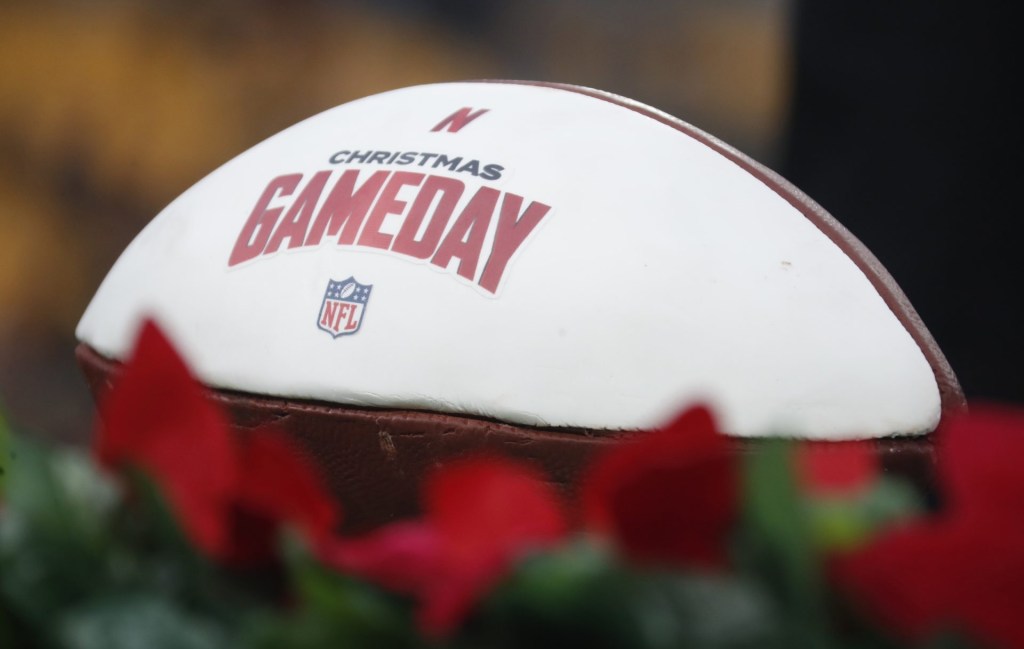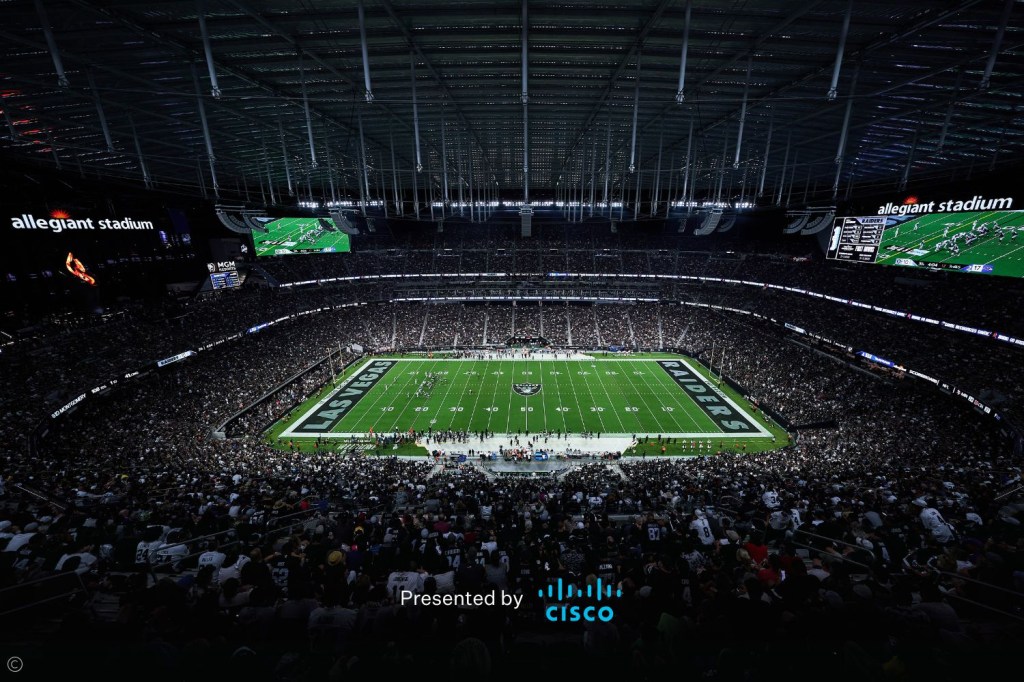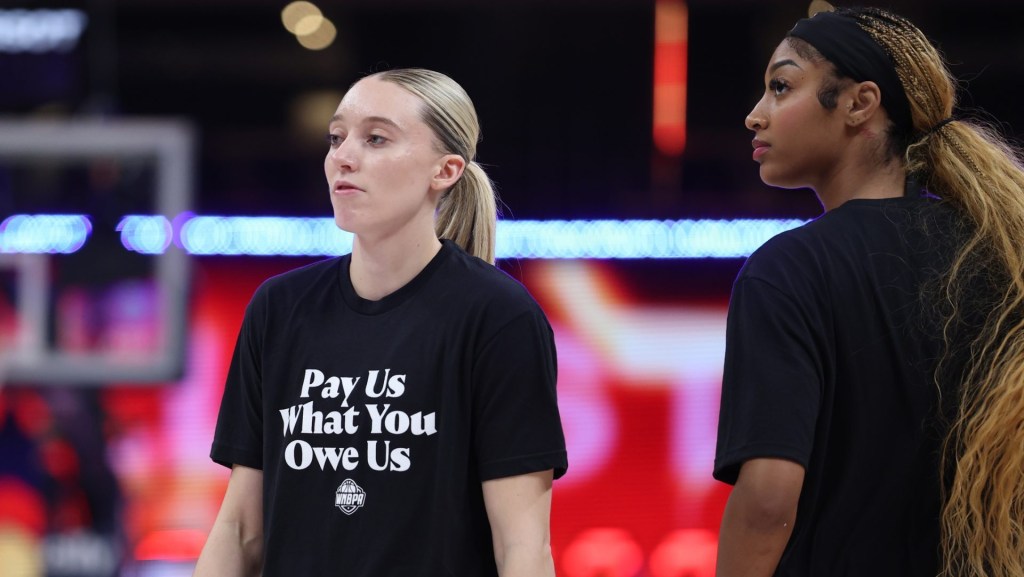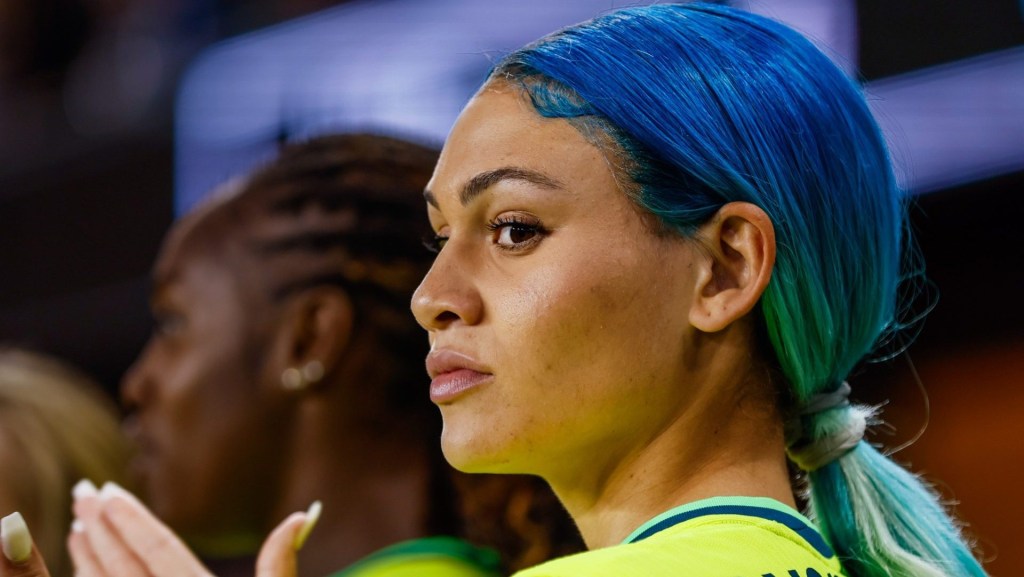Major League Baseball transformed two years ago with the highly successful introduction of the pitch clock. The league’s efforts with an automated ball-strike (ABS) system could ultimately become just as impactful.
Spring training tests are underway in both Arizona and Florida on the ABS system, which electronically monitors the location of each pitch. Instead of using the technology, colloquially known as “robot umpires,” to call each pitch, though, it will instead be used as a basis to challenge the calls made by human umpires.
The ABS system will be used in MLB regular-season games no sooner than next year, but the challenge system will be used in the 2025 season at the Triple-A level of the minor leagues. Challenges have taken roughly 17 seconds on average to complete, not dissimilar to technology-aided line call reviews in tennis. Teams have the ability to challenge two calls per game, but they retain those challenges if they are successful.
The development is the latest in a wave of significant change in MLB in recent years that beyond the pitch clock has also included universal designated hitters, ghost runners, and limits on mound visits, among others.
“Like any institution, we’re going to need to continue to change going forward,” MLB commissioner Rob Manfred said last week.
Larger Impacts
The pitch clock, along with larger bases and a ban on defensive shifts, paved the way for shorter game times, more on-field action, and crucially, better attendance in both 2023 and 2024—with expectations for a further lift at the gate this season.
It remains to be seen whether ABS will be as much of a singular difference-maker in MLB’s business. There is a wide array of sizable potential impacts, though, including changes in how both umpires and catchers are evaluated and compensated, as well as the possibility of defusing situations that, in the past, have led to heated arguments and ejections. The use of a challenge system, however, is also aimed at retaining human elements of the game, such as pitch framing by catchers.
There is also a large-scale change potentially looming, however, with MLB game broadcasts, as the advent of ABS could do away with virtual strike zones shown on TV.
“The strike-zone box that we display on broadcasts and our app probably is inconsistent with the way we currently do it with the challenge system,” MLB EVP for baseball operations Morgan Sword said. “You take a lot of drama and excitement out of it if the fan can see up front that the pitch was a strike. It sort of obviates the need for the challenge.”
As a result, the league is also experimenting with several alternatives for TV to complement the on-field ABS application.
